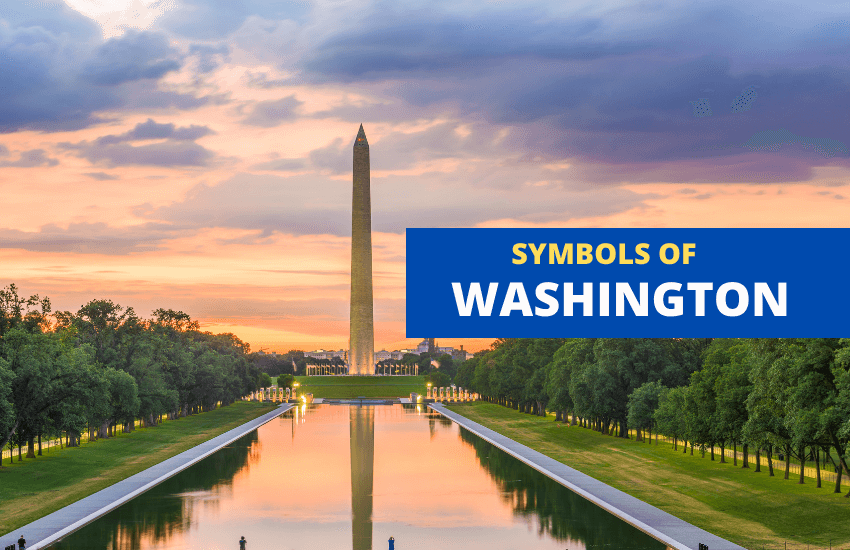
Table of Contents
Washington is the 42nd state of the United States of America that entered the Union in 1889. Home to beautiful forests, deserts and important historical landmarks and structures like the Washington Monument, Lincoln Memorial and the Gingko Petrified Forest State Park, Washington is a popular state, rich in culture and symbolism, visited by millions of people each year.
Although Washington achieved statehood in 1889, some important symbols like the flag weren’t officially adopted until much later, after the state began to get teased for not having official symbols. In this article, we’ll be going through a list of state symbols of Washington, taking a look at their background and what they represent.
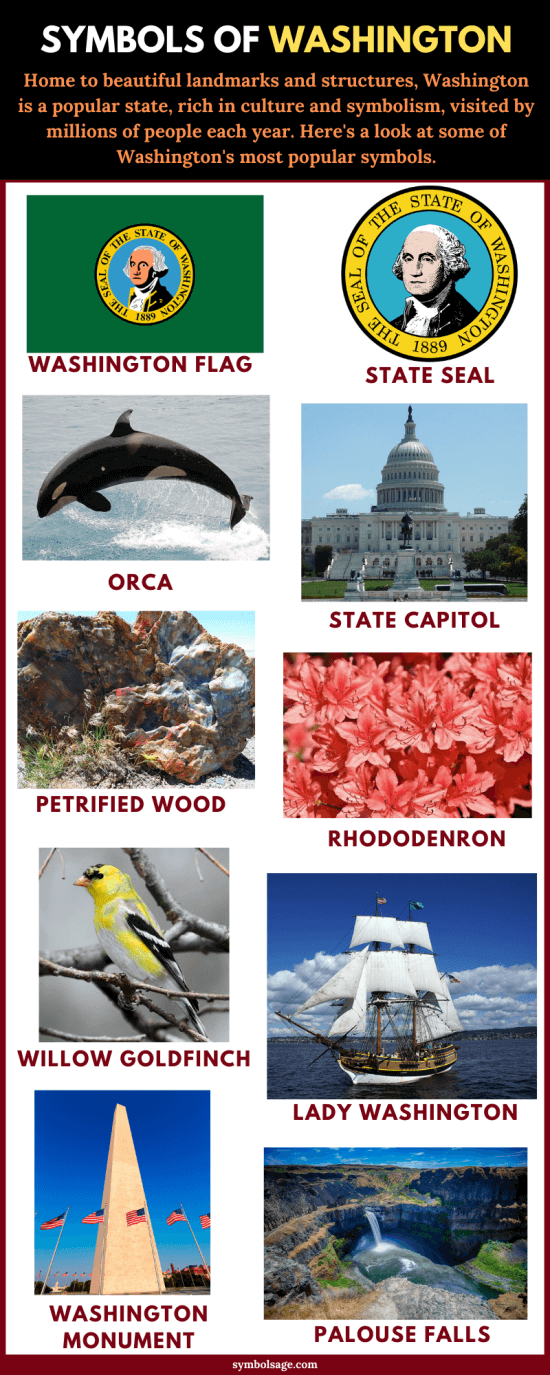
State Flag of Washington
The state flag of Washington displays the state seal with the image of George Washington (the state namesake) on a dark green field with a gold fringe. It’s the only U.S. state flag with a green field and it’s also the only flag with the American president featured on it. Adopted in 1923, the flag has been an important symbol of the Washington state ever since.
Seal of Washington
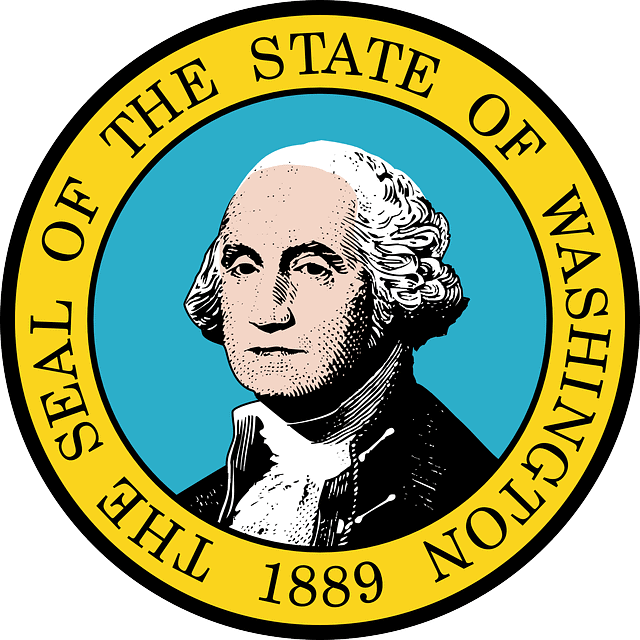
The Great Seal of Washington, designed by jeweler Charles Talcott, is a round design featuring a portrait of the first President of the U.S., George Washington in the center. The yellow, outer ring contains the words ‘The Seal of the State of Washington’ and the year the state was admitted to the Union: 1889. The seal is the main element featured on both sides of the state flag. It was originally supposed to display scenery featuring Mount Rainier but Talcott suggested the design honoring the image of the president instead.
‘Washington, My Home’
The song ‘Washington, My Home’, written by Helen Davis and arranged by Stuart Churchill was named the official state song of Washington in 1959 by unanimous vote. It was extremely popular throughout the country and its lyrics were praised by John F. Kennedy who suggested that its line ‘for you and me, a destiny’ should replace the state’s unofficial motto ‘Alki’ (‘by and by’). In 1959, Davis handed the copyright of ‘Washington, My Home’ over to the State of Washington.
Washington State International Kite Festival
Held annually in August, the Washington State International Kite Festival is the largest festival of its kind in North America, drawing over 100,000 attendees. It’s held near Long Beach, Washington where there’s a strong, steady wind that’s strong enough to lift a man as high as 100 feet in the air.
The kit festival, hosted by the World Kite Museum, first began in 1996. Famous kite flyers come from all over the world and thousands of spectators join in the fun as well. Kite fighting is just one among many of the main events at this 6-day festival that’s typically held in the third full week of August.
Square Dance
Square dancing was brought to the U.S. with the pioneers who came west. It was called quadrille, meaning square in French. This form of dance involves four couples arranged in a square and is known for its footwork. It’s fun, easy to learn and an extremely good form of exercise.
The square dance became the official state dance of Washington in 1979 and it’s also the state dance of 18 other states of the U.S. as well. Although the dance didn’t originate in America, the Western American version of it is now possibly the most widely known form around the world.
Lady Washington
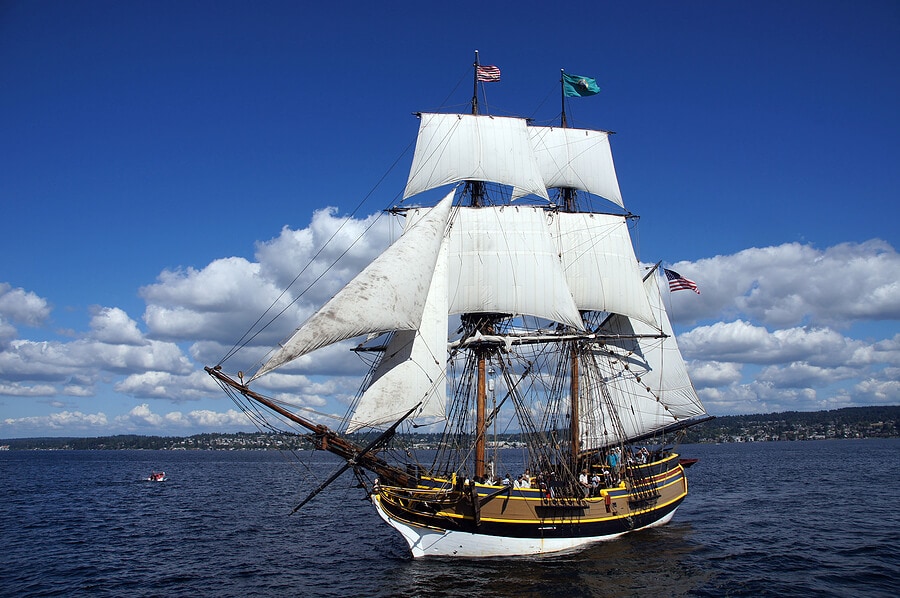
Built over a period of two years and launched on the 7th of March 1989, the ship ‘Lady Washington’ was designated as the official state ship of Washington in 2007. She is a 90-ton brig, built by the Grays Harbor Historical Seaport Authority in Aberdeen and was named in honor of George Washington’s wife, Martha Washington. A replca of Lady Washington was built in 1989, just in time for the Washington State Centennial celebrations. The ship has appeared in several films, including Pirates of the Caribbean: The Curse of the Black Pearl in which she is portrayed the HMS Interceptor.
Lincoln Memorial
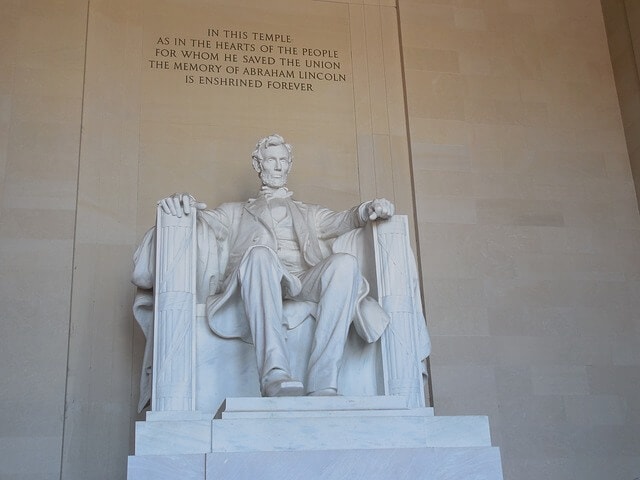
Built to honor Abraham Lincoln, the 16th President of the U.S., the Lincoln Memorial is located in Washing, D.C, just opposite the Washington Monument. The memorial has always been one of the main tourist attractions in the U.S., and it’s also been a symbolic center of race relations since the 1930s.
The memorial is designed like a Greek Doric temple and contains a huge, seated sculpture of Abraham Lincoln along with inscriptions of two of his most well-known speeches. It’s open to the public and over 7 million people visit the memorial annually.
Palouse Falls
The Palouse Falls ranks sixth on the list of top ten best U.S. waterfalls and at 198 feet, it’s the 10th on the list of most amazing waterfalls in the world. The falls was carved over 13,000 years ago and is now one of the last active waterfalls on the path of the Ice Age floods.
The Palouse Falls are a part of Washington’s Palouse Falls State Park which provides visitors access to the falls and also has many displays explaining the unique geology of the region. In 2014, a group of elementary school students in Washtucna requested for the Palouse Falls to be made the official state waterfall of Washington which was done in 2014.
Washington Monument

The Washington Monument is currently the tallest structure in Washington, D.C. built as a memorial for the first President of the United States of America: George Washington. Located right across the Lincoln Memorial and the Reflecting Pool, the monument was constructed from granite, marble and bluestone gneiss.
Construction began in 1848 and upon completion 30 years later, it was the tallest obelisk in the world at 554 feet and 7 11/32 inches until the Eiffel Tower was built. The monument attracted large crowds before it was open officially and roughly 631,000 people visit it each year. It embodies the respect, gratitude and awe felt by the nation for its Found Father and is one of the most important and well-known symbols of the state.
Coast Rhododendron
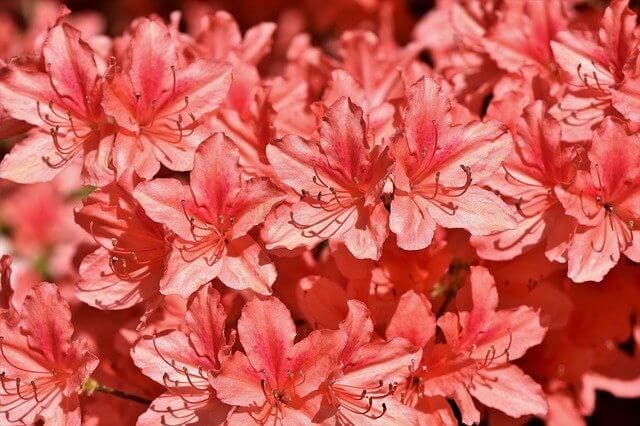
The rhododendron is an evergreen shrub that’s commonly found on the north of the border between the U.S. and Canada. These are available in several different colors but the most common is pink.
The coast rhododendron was selected by women as the state flower of Washington in 1892, long before they had rights to vote. They wanted to have an official flower to include at a floral exhibition in the World’s Fair in Chicago (1893) and from the six different flowers that were considered, it came down to the rhododendron and the clover and the rhododendron won.
Western Hemlock
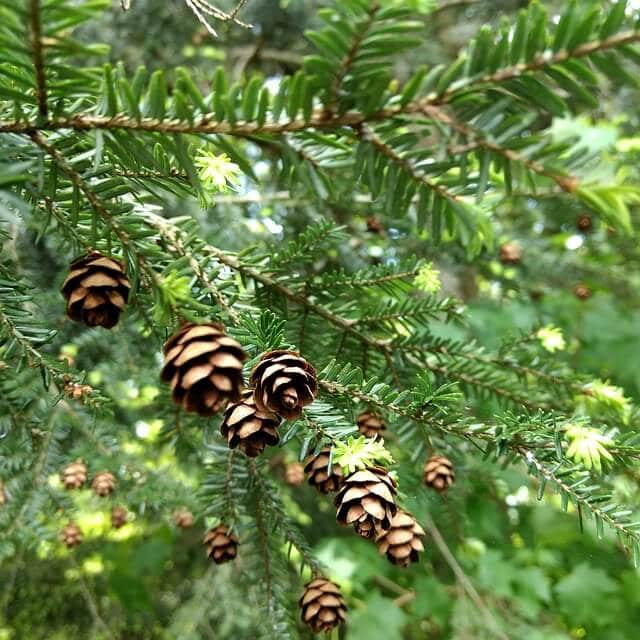
The Western Hemlock (Tsuga heterophylla) is a species of hemlock tree native to North America. It’s a large, coniferous tree that grows up to 230 ft tall with thin, brown and furrowed bark.
While the hemlock is typically cultivated as an ornamental tree it was a major source of food for the Native Americans. The newly grown leaves were made into a type of bitter tea or chewed directly and the edible cambium could be scraped off the bark and eaten fresh or dried and then pressed into bread.
The tree became the backbone of Washington’s forest industry and in 1947, it was designated as the state tree.
Willow Goldfinch
The American goldfinch (Spinus tristis) is a small, delicate North American bird which is extremely unique due to the color changes it goes through during certain months. The male is a beautiful vibrant yellow in summer and during winter, it changes to an olive color while the female is usually a dull yellowish-brown shade that brightens slightly during the summer.
In 1928, the legislators of Washington allowed school children to select the state bird and the meadowlark easily won. However, it was already the official bird of several other states so another vote had to be taken. As a result, the goldfinch became the official state bird in 1951.
State Capitol
The Washington State Capitol, also called the Legislative Building, located in the capital city Olympia, houses the government of the state of Washington. Construction of the building began in September 1793 and it was completed in 1800.
Since then, the capital has been affected by three major earthquakes that left it badly damaged and the state began to renovate it to reduce the impact of any future occurrences. Today, the capitol is open to the public and contains a large important collection of American art.
Petrified Wood
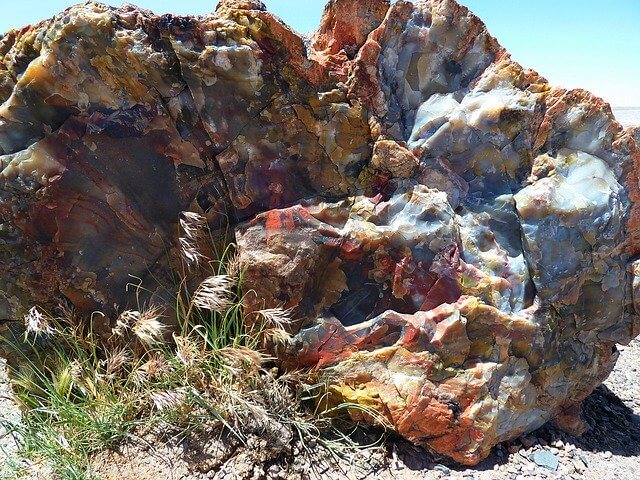
In 1975, the legislature designated petrified wood as the official gem of the state of Washington. Petrified wood (meaning ‘rock’ or ‘stone’ in Latin) is the name given to fossilized terrestrial plants and petrification is a process by which the plants are exposed to minerals over long periods of time, until they’re turned into stony substances.
Although they’re not gemstones, they’re extremely hard and similar to jewels when polished. The Gingko Petrified Forest State Park in Vantage, Washington contains acres of petrified wood and is considered an extremely valuable part of the state.
Orca Whale
The orca whale, named the official marine mammal of the state of Washington in 2005, is a toothed black and white whale that hunts almost everything including fish, walruses, penguins, sharks and even some other types of whales. Orcas eat about 500 lbs of food per day and they hunt for it in family groups or cooperative pods.
The orca is a symbol intended to promote awareness about orcas and to encourage the protection and care of the natural marine habitat. Every year millions of people visit Washington state to see this significant symbol of Native American culture.
Check out our related articles on other popular state symbols:
Symbols of Hawaii
Symbols of Pennsylvania
Symbols of New York
Symbols of California








